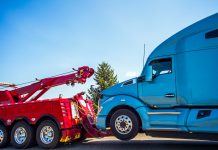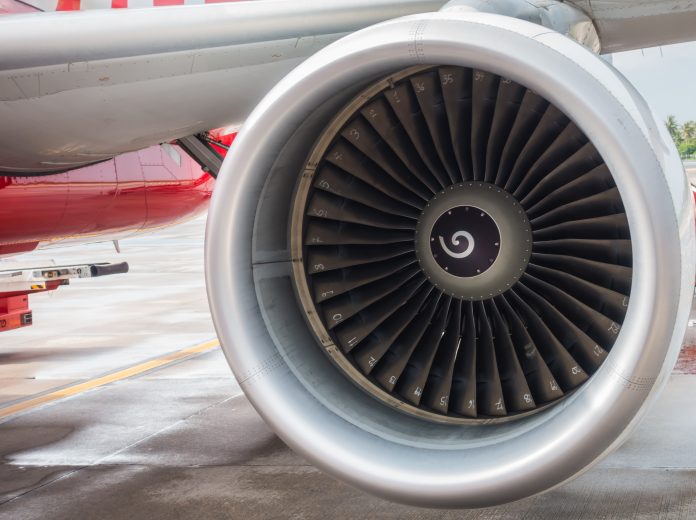In the push to “a greener planet,” we are seeing an evolution in transport. Electric cars and trucks are fast becoming mainstream. But can you imagine flying in an electric-powered airliner? Plans are in the “air” for that concept to take flight.
Flying in an electric-powered airliner may sound quite incredible, if not improbable. But a Swedish company has announced plans to create an all-electric powered airliner. Heart Aerospace is planning to build a 19-seat all-electric commercial aircraft that will fly by mid-2026, and just this week, (on March 25, 2021), Finnair announced that it had signed a letter of interest for up to 20 electric regional planes.
Heart Aerospace is calling their aircraft the ES-19, it’s designed to carry 19 passengers a range of 250 miles and will be capable of landing on runways as short as 2,500 feet.
The ES-19 is to be fully 100% powered by electricity. Finnair’s Vice President of Sustainability, Anne Larilahti, affirmed Finnair’s confidence in electric aviation and will use the aircraft on Finnair’s shorter routes. She said, ““Finnair believes electric aviation will be one of the tools for the future of flying. It will help to promote responsible and sustainable aviation, especially on short routes, in an era where climate change will increasingly dominate the agenda.”
Finnair is part of the Nordic Electric Aviation Initiative, NEA, a consortium of airlines and design companies in Scandinavia working to diminish carbon emissions by designing electric-powered aircraft.
The 2 biggest problems for these designers to deal with are battery weight and range.
The ES-19 project is still in its early stages, so Heart Aerospace has an ambitious agenda aiming for certification by 2026. Testing has already begun on a ground-based prototype of the complete propulsion system. A 20% scale model is under development for initial flight tests.
Along with the Finnair deal, Heart says it has received letters of interest from eight airlines. These amount to interest for a total of 147 ES-19 aircraft worth around $1.3 billion to the company. According to founder Anders Forslund, the ES-19 will have a maximum take-off weight of around 10 tons. Its batteries would weigh three tons and allow it to fly up to 250 miles (400km) with a 45-minute reserve.
Modern jet airliners are a major cause of air pollution and environmental damage, with carbon emissions into the ozone layer and heavy exhaust emissions in urban areas around airports. The consensus is that airlines and airplanes need to be healthier for our planet. Reducing carbon emissions is on the agenda of all the major players, airline companies, and airplane manufacturers.
There is no doubt that big players in airliner manufacture are paying attention to this move by Heart. Boeing and Airbus sell the majority of the world’s airliners, but the smallest airplanes they manufacture still carry over 100 passengers and weigh 70 tons on takeoff. The biggest airliners are 6 times heavier.
2 American west coast companies are partnering with electric-powered commercial aircraft, but their aircraft are only capable of flying about 8 people. Batteries are heavy and soon use up the available takeoff weight limits of the aircraft.
“Technologically, the real challenge is to make the batteries lighter,” said Werner Antweiler, a professor of economics at UBC’s Sauder School of Business who studies the commercialization of novel technologies around mobility.
Boeing says, An all-electric or hybrid-engined aircraft capable of carrying the same number of passengers as a Boeing 737 is still decades away, the airframer believes, with smaller regional types arriving as a precursor only at some point in the 2030s.
European airliner manufacturer Airbus said in February they are working on hybrid-electric propulsion among the options for reducing jetliner emissions.
Reuters reports that getting a larger (mid-size) airliner in the air with either electricity or alternative zero-emission fuels is not likely soon.
Several industry sources say the leading options for a future replacement for the best-selling 150-seat A320, are likely to enter service in the 2030s. They would involve hybrid-electric power, with hydrogen only likely to power such large airplanes later on.
Engine makers are actively exploring open-rotor engines with visible blades using a mixture of traditional turbines and electric propulsion for replacements to the Airbus A320 and Boeing 737, industry. Asked to comment on its hybrid-electric plans, an Airbus spokesman said: “Only a combination of technologies, including hydrogen, will help us aim for zero-emission
Most everyone agrees, that technology has a long way to go. It starts with smaller airliners on shorter ranges, just like the Heart ES-19. Battery weight and length of charge are limiting factors. Present-day super airliners are massive and fly incredible distances. To fly 400 passengers nonstop from China to Toronto a Boeing 777-300 must carry 125 tons of fuel and has a mind-blowing take-off weight of almost 400 tons.



















